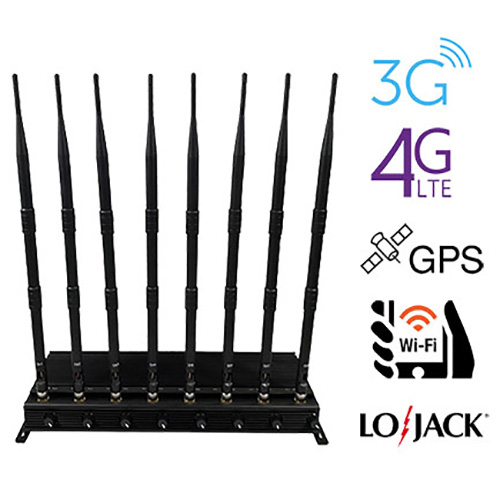At around 1 am on Monday, a strange tweet claimed that Washington, DC had been disconnected from the digital world. The Washington Post later reported that the Twitter accounts of only three followers were the first to report a suspected interruption. When people wake up and register online, #DCblackout is all the rage in the United States. The hashtag appeared in thousands of tweets, accompanied by reports of explosions, missing protesters and silencers of police rifles. What followed was a brief online chaos: Did the police really block the cell phone tower? What should the so-called failure cover? The local reporter quickly tweeted that they had not experienced any failures, and later that day, the rumors were thoroughly debunked. It turns out that a power outage is the highest level of error message. This also dispersed the interference of local protests. The local police used violent methods against the protesters all night, including pepper spray, rubber bullets and tear gas.
However, the prerequisite for the power outage is that the police (or the federal government) can completely shut down the communication network-this behavior has seriously affected the freedom of speech and assembly rights, as well as the safety of protesters and passersby. Although it did not happen on Monday, the joke raised the question of whether it is possible for law enforcement agencies to cause technical and legal power outages.
Americans tend to view deliberate service interruption as a dangerous strategy used by oppressive regimes abroad. In a speech by the American Civil Liberties Union, Jay Stanley, a senior political analyst for the Privacy and Technology Project, told me that interruptions in communication are often seen as “a terrible form of abuse” and are used worldwide to cover up repression of sexual violence and other violations. Human rights behavior. ”
But this form of censorship has occurred at least once in the United States. In 2011, the Bay Area Rapid Transit System (BART) suspended cell phone service at a subway station in downtown San Francisco after hearing about plans to protest the BART police’s plan to kill a man. The purpose of BART is to prevent protesters from coordinating, but it is short-sighted, thus making the agency the center of freedom of speech controversy across the country. The Federal Communications Commission intervened, and BART’s actions were condemned by human rights organizations such as the Electronic Frontier Foundation (the incident was called the “BART La Mubarak in San Francisco” incident). The FCC investigated BART, but like Harold Feld, the senior vice president of non-profit public knowledge told me that the committee decided not to make a declarative decision on the incident. This boils down to a technical problem: BART actually shuts down the service by shutting down the equipment in the underground system instead of destroying the signal.
No similar incidents have been confirmed since, but in the 2016 Tateishi protests, Wired reported that tribal leaders believed that the police had blocked their phones. The problem with proving these claims is that it is difficult to determine whether malicious behavior is occurring or just a bad signal. Only agencies like the FCC have not yet investigated the claims to truly verify the occurrence of traffic congestion.
The BART controversy and, to a lesser extent, the Standing Rock controversy, both show how complicated the shutdown signal can be in the United States-and how we truly fail to understand and resolve the blueprint for current and future law enforcement blackouts. What we do know is that almost ten years later, it is still possible from a technical point of view. According to Joshua M. Pearce, a professor of materials science and engineering at the Michigan Technological Institute, there are two ways to cause ground blackouts. (Turning off BART is an unusual situation because the authorities can access the device themselves.) The first is to ask (or require) the service provider to shut down a specific set of cell phone towers. It’s as simple as flipping a switch
The second method (and the more difficult method) is to use jamming technology, which sometimes sends false signals, overwhelming the signal from the cell phone tower. Small short-range equipment can be purchased abroad (for example, equipment used by some overseas universities to stop fraud, which led to the suspension of a high school teacher in Florida in 2015). In theory, you can use a large number of such small devices to call neighbors, but this is not convenient. Pearce believes that signal jammer have greater coverage, but only organizations like the National Security Agency own them.
